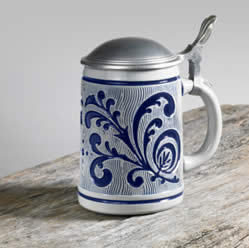Mini kegerators are a convenient way to enjoy draft beer at home, and many beer fans are joining the bandwagon. In our world of gadgets and gizmos, this invention is quite sellable. Most mini kegerators are designed to dispense from a new kind of five-liter beer keg, available at most supermarkets. While these mini kegs are easy to find, I have only seen them from Heiniken, although I hear that many other companies produce them. Mini kegerators are very portable, making them the perfect choice for weekend camping or boat trip, and also fit into any RV with little work, as some brands run on 12-volt power. Mini kegerators are about the size and weight of a microwave. They make a good gift idea for any die-hard beer fan.
Some mini kegs require the use of electricity to keep the beer cold, and others you simply place in your fridge. This is where the mini kegerator comes in. Many companies are making these gadgets these days. Here is a brief revue of some of the more competitive models:
EDGESTAR HAS BEEN DISCONTINUED
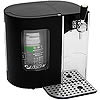 |
EdgeStar Mini Kegerator
Under $200.00
The EdgeStar Mini Kegerators are good multi-purpose mini kegerators. Heineken 5 liter Draughtkegs can be used in them, and they feature quiet operating noise. These mini kegerators light up with a blue LED light to illuminate your mini keg beer choice. Includes cleaning kit (a must), and is capable of running off of AC or DC power. All this for only $200.00 or so. See Mini Kegerator Details
 |
Avanti Mini Kegerator
Around $200.00
The Avanti Mini Kegerator MBD5L is another multi-purpose kegerator in which either gravity flow or CO2 can be used for operation. This unit can also be used with AC or DC power, making it a good choice for RVs, camping, or boating. It features a digital display and both tapping and cleaning kits are included, a real bonus! This model can be had for around $250.00. Icy Cold Mini Kegerator works with CO2 mini kegs and gravity feed mini kegs, and can hold even 6-liter mini kegs. A fan inside the kegerator ensures even cooling of the keg, and it is hand washable. These are found for around $200. See Mini Kegerator Details
 |
Krups BeerTender Mini Kegerator
From $99.00 to $200.00
Krups BeerTender is powered by a CO2 pressure system, and features three temperature presets (36°, 39° or 42°F), a beer volume gauge, and keeps track of how long your mini keg has been opened. A good multi-function mini kegerator – these run about $200.00. See Mini Kegerator Details
 |
Vinotemp Mini Kegerator
Around $300.00
Vinotemp Mini Kegerator VT-BEER. Beer flow is powered with CO2. This unit comes with a digital display and push button temperature settings, and the cooling system operates efficiently. It also comes with 3 CO2 cartridges to get you going. Prices run from around $300. See Mini Kegerator Details
 |
Nostalgia Electrics Mini Kegerator
Around $175.00
Nostalgia Electrics Mini Kegerator BC4600 is a mini kegerator designed for use with gravity flow mini-kegs. This model is self-cooling, and runs about $175.00. See Mini Kegerator Details
As you can see, there are many variations on the theme of mini kegerators. Some models focus on efficiency, some on multi-functionality. Take the time to consider what qualities will make the mini kegerator useful to you – it is a good idea to shop around to ensure you best value if you plan on buying one. Some questions you should ask before buying are:
Is this mini kegerator energy efficient? With the current economic and environmental situations we are facing in the world, this is an important issue. We see, smell, and hear pollution from our cars and trucks, but we often don’t see, smell, or hear the pollution coming from our power plants – but the effects of such pollution are drastic and frightening. The environmental destruction from coal and nuclear power plants is hard to measure now – future generations will be more familiar with the real costs of utilizing such techniques to power our gadgets and gizmos. Therefore, it is wise to conserve energy.
Does this model accept the mini kegs of my favorite beers? This is the most important question. What good will a mini kegerator be if you can only drink swill form it? Double check that the model you buy will fit the keg you drink from – or that an adapter is available for it.
Will this mini kegerator work with CO2 powered mini kegs? This question is related to the previous one. If the mini kegerator utilizes CO2, and your favorite beer mini keg utilizes CO2, it will probably work. If it does, you will also need some CO2 cartridges – know what you will need to operate your mini kegerator.
Is this model noisy or quiet? For some, noise pollution is as bad as smog. If you or the person you are buying for has sensitive ears, look for a mini kegerator that features quiet operation. If the user does not have sensitive ears, then go for the value on the louder mini kegerator.
Will this model function on DC power? And does it come with an adapter for such use? Especially if giving a mini kegerator as a gift, you will want to make sure it comes with everything it needs for operation. DC power is nice to have, and some models with DC power come with the adapter, but just in case, make sure that the model you are buying has the adapter – it may be hard to find otherwise.
If you are buying a mini keg as a gift, you should make sure to give them beer with it. Like giving a flask, it is bad luck to deliver the gift empty of alcohol. Some models use a gravity feed system, while others use a CO2 system for dispensing the beer. It is a good idea to check in with the mini keg receiver about what beer they like and suit the mini keg accordingly.

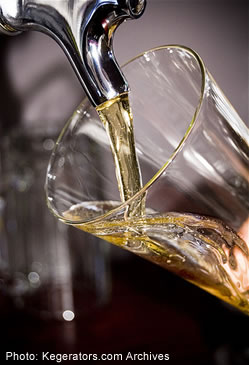
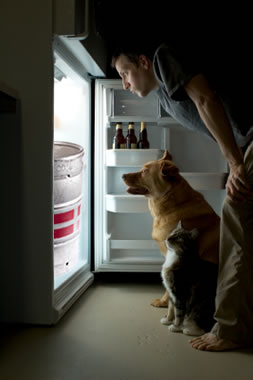
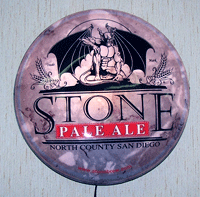
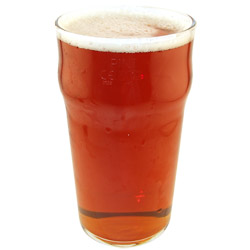
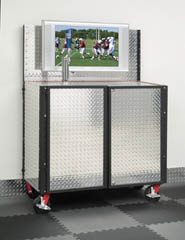
.jpg)
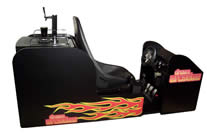
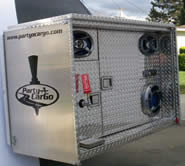
.jpg)
